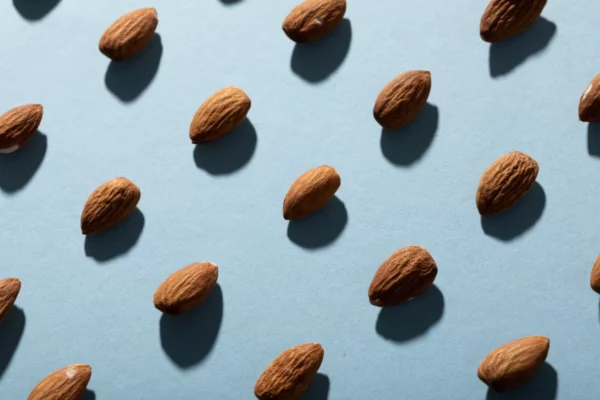Key Takeaways
- Explore how a high-fiber diet can mimic the effects of Ozempic.
- Understand the impact of dietary fiber on blood sugar levels and weight management.
- Discover practical tips to incorporate high-fiber foods into your diet for optimal health.
Introduction: Nature’s Ozempic
In the quest for better health and weight management, dietary fiber is emerging as nature’s answer to prescription drugs like Ozempic. Frank Duca, a renowned expert from the University of Arizona, emphasizes the potential of dietary fiber in regulating blood sugar and promoting feelings of fullness, making it a key player in the weight loss journey. As we delve into the world of high-fiber foods, we uncover how they can be a game-changer in mimicking the effects of semaglutide medications.
Understanding Dietary Fiber and Ozempic
Dietary Fiber: It’s more than just roughage. Dietary fiber, found in whole grains, fresh fruits, and non-starchy vegetables, plays a pivotal role in our digestive system. There are two types of fiber – soluble and fermentable – each contributing uniquely to our health. Soluble fiber, present in foods like brown rice and green bananas, aids in blood sugar control and can lower blood pressure.
Ozempic: A wonder drug? Ozempic, with its active ingredient semaglutide, functions as a GLP-1 receptor agonist. It enhances insulin sensitivity and regulates blood sugar levels. However, it’s not without potential side effects. This has led many to seek natural alternatives for managing health conditions like type 2 diabetes and heart disease.
The Link Between High-Fiber Foods and GLP-1
High-fiber foods stimulate the release of hormones similar to the action of GLP-1 receptor agonists. These foods can increase GLP-1 levels, leading to better insulin regulation and a feeling of fullness, crucial for weight management. Clinical trials suggest that a diet rich in fermentable fibers from sources like whole grains can mimic the effects of a hormone like GLP-1, aiding in blood sugar control and reducing the reliance on prescription drugs.
Implementing a High-Fiber Diet: A Step-by-Step Guide
- Start with Whole Grains: Swap white bread and white rice with whole-grain alternatives. Brown rice, quinoa, and whole wheat bread are excellent choices.
- Include Lean Proteins and Healthy Fats: Combine fiber-rich foods with lean meats and healthy fats like olive oil to create a balanced diet.
- Focus on Fresh Fruits and Vegetables: Incorporate a variety of fresh fruits and non-starchy vegetables into your diet plan.
- Stay Hydrated: Drink plenty of water to aid the digestive system in processing the increased fiber intake.
- Limit High-Sugar and High-Fat Foods: Avoid sugary drinks, ice cream, and greasy foods, which can negate the benefits of a high-fiber diet.
Real-Life Success Stories: Testimonials from the High-Fiber Frontline
Individuals who have embraced a high-fiber lifestyle often report significant improvements in their health. From better blood sugar levels to sustainable weight management, the stories are a testament to the power of dietary fiber as nature’s Ozempic.
Potential Side Effects and When to Consult a Healthcare Provider
While increasing fiber is generally safe, it’s not without its challenges. Some may experience gastrointestinal discomfort initially. It’s always a good idea to consult a registered dietitian or healthcare provider, especially if you have pre-existing medical conditions or are on other medications.
FAQ Section: Answering Your Top Questions
- How much fiber should I aim for daily? Aim for at least 25-30 grams of dietary fiber per day.
- Can dietary fiber completely replace diabetes drugs? While it can aid in blood sugar control, always consult a healthcare provider before altering any medication.
- What are some high-fiber, low-calorie foods? Berries, leafy greens, and legumes are great options.
- Is it possible to have too much fiber? Excessive fiber intake can lead to digestive issues. Moderation is key.
- How quickly can I see results from a high-fiber diet? Effects can vary, but many report feeling better within a few weeks.
Conclusion: Embracing Fiber as a Lifestyle Choice
Dietary fiber is more than just a component of a healthy diet; it’s a lifestyle choice that offers profound benefits for weight management and blood sugar control. As the ‘poor man’s Ozempic,’ it stands out as a natural, effective alternative to prescription drugs, offering a sustainable path to improved health and wellbeing.
the guidelines for SEO-optimized content.)









